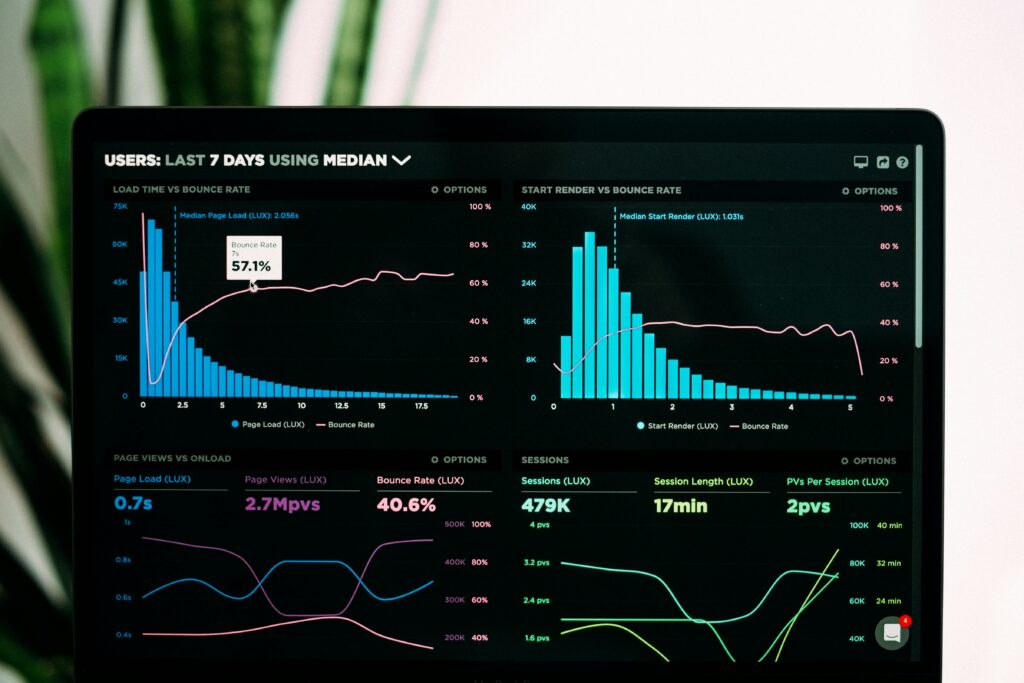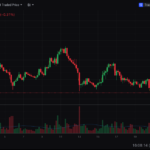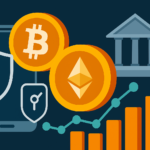Gold futures experienced a slight uptick during the European trading session on Monday, reflecting investor interest in the precious metal amid fluctuating market dynamics.
On the COMEX division of the New York Mercantile Exchange, February gold futures traded at $2,655.71 per troy ounce, marking a modest 0.04% increase. The session’s high reached $2,681.00, while support was identified at $2,614.30 per ounce.
Meanwhile, the USD Index, which measures the U.S. dollar’s strength against a basket of six major currencies, dipped by 0.82%, trading at 107.90. This decline in the dollar often correlates with increased interest in commodities like gold, as a weaker dollar makes these assets more affordable for holders of other currencies.
Silver and Copper Follow Suit
Other COMEX-traded metals also saw gains. March silver futures rose by an impressive 2.33%, reaching $30.77 per troy ounce. Similarly, March copper futures climbed 2.02%, trading at $4.16 per pound.
Market Sentiment and Key Levels
Gold’s performance reflects broader market trends, including investor concerns about global economic stability and fluctuating currency values. With significant support at $2,614 and resistance at $2,681, gold traders are watching closely for further price action that could signal a breakout or a pullback.
Silver’s strong performance highlights its dual role as both an industrial and a precious metal, benefiting from increased demand in renewable energy technologies. Copper, a bellwether for industrial activity, gained momentum amid optimistic forecasts for infrastructure spending.
Investment Considerations
For investors, these developments highlight the potential for precious metals as a hedge against market volatility. Gold’s stability, combined with silver and copper’s industrial appeal, may offer diverse opportunities in commodity markets.
However, it’s crucial to approach these opportunities with caution. Factors such as central bank policies, inflation rates, and geopolitical events could introduce volatility.
This article is for informational purposes only and should not be considered as financial advice.







